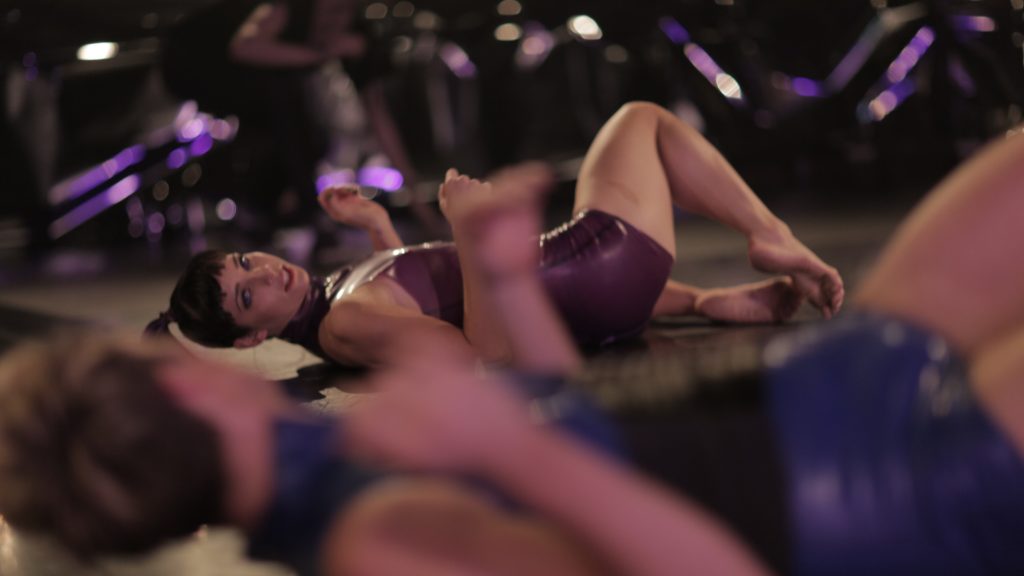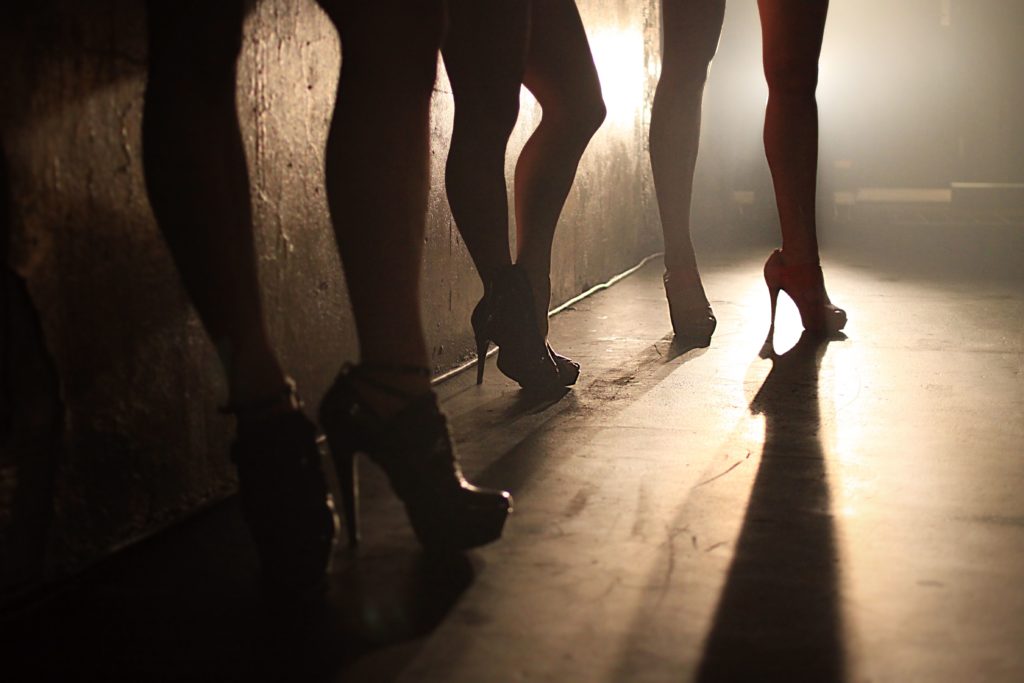
Previously I had made a series of immersive shows where the audience was in close proximity. Slowdive at the Brisbane Powerhouse (and subsequent incarnations for the tour in 2010 and 2011) , Video set at the Judith Wright Centre of Contemporary Arts in 2011, and the Factory at 610 Art Space in 2005.
Due to the audience sharing the performing space in these immersive works, documenting those shows that meant humans were in frame which was not ideal when funding applications required footage of “just” the movement. I should note that I fortunate to have Jane Wallace (a former dancer) edit my previous live pieces because she understood dance and how to cut it from a dance perspective. These pieces were filmed by my brother, (filmmaker) Grant Marshall, or later, by his university film students.
In 2012 I received an Ausdance Queensland residency back at the Brisbane Powerhouse. The idea was to make new work without any pressure to have a final performance and some nice footage without audiences in frame. This meant I would need to document it.


With 2 DSLR cameras again, Grant and Jane came to the rescue. However, in the pre-production stages, the idea became not about documenting the footage, but making a dance film. I created a story board and Grant and Jane mentored me in these early stages of the project.

The idea of the dance is drawn from investigating the history of the powerhouse and the dancers as turbines that power the station.

I spent hours looking at old photos of the Brisbane Powerhouse which was built in 1927, (known as the New Farm Powerhouse), and became derelict in the 1980’s and 1990’s until refurbished in 2000 as the Brisbane Powerhouse we know today. I had the idea of the dancers being machine-like turbines that power the station.
History of the Brisbane Powerhouse is here: https://brisbanepowerhouse.org/discover/about/our-history/
I didn’t want the Visy to look like a theatre. I’d used the Visy for SlowDive, converting it to look like a nightclub, and I wanted the space to look completely different for Pulse. Using the entire space meant the theatre seating would be in shot, so we blocked out the seating with Mylar. We bought a LOT of Mylar.

Lighting for film was required and Simon Cook (who was the lighting designer for my live works) worked with Grant to create suitable lighting states.


The happy tube LED lights were used in sections of Pulse.


After 12 days intensive rehearsals, we shot Pulse over two days. For the dancers, it was hard work with the high energy movement in latex attire.

We shot a lot of footage, however, I didn’t have the budge to pay Jane or any other editor to cut it. It was time for me to learn how to cut my own projects. In the long run, learning to cut my own choreography footage would save a lot of money. Grant and Jane kindly mentored me through the process of inline editing. It is probably one of the greatest tools/ skills anyone has taught me (second to dance), as I use this skill as a part of my choreographic process in how I create my live dance work now too.

Working with the camera was not new to me with having choreographed numerous music videos and also some early film theory subjects at university prior to studying dance at QUT. I found the process of editing my choreography, such an interesting layer to choreography. Essentially, I was choreographing in the edit, picking which shots the audience sees and how the dance is framed.

Pulse was created at the Visy Theatre, Brisbane Powerhouse and was choreographed around concrete support beams, graffiti walls and open areas, rather than on a traditional stage. With an abstract narrative, Pulse also drew inspiration from images of bygone days when the Powerhouse functioned as an industrial power station.
In addition to shooting the dance, Grant also took some great stills on set:
Dance photographer FenLan also took some stills on set:











